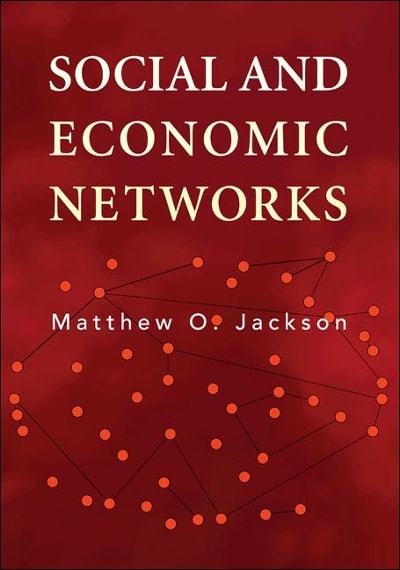Question
If you calculate a value of pearson's correlation coefficient and it is .25, what can you conclude? Question 4 options: That the sample mean is
If you calculate a value of pearson's correlation coefficient and it is .25, what can you conclude?
Question 4 options:
That the sample mean is .25 standard deviation units away from the population mean
That there is a strong, positive correlation between two variables
That there is a very weak, if any, correlation between two variables
That there is a moderate correlation between two variables
If you calculate a chi-square value of 22.69 and a 4x5 table, testing the null at a .05 level of significance, what would you do to the null hypothesis?
Question 5 options:
Fail to reject the null hypothesis; Calculated chi-square does not exceed value of critical chi-square
Reject the null hypothesis; Calculated chi-square exceeds value of critical chi-square
Fail to reject the null hypothesis; Calculated chi-square exceeds value of critical chi-square
Reject the null hypothesis; Calculated chi-square does not exceed value of critical chi-square
Pearson's correlation coefficient can have both positive and negative values
Question 6 options:
True
False
If you calculate a value of Pearson's correlation coefficient and it is .85, what can you conclude?
Question 7 options:
That the sample mean is .85 standard deviation units away from the population mean
That there is a strong, positive, significant correlation between two variables
That there is a strong, positive correlation between two variables
That there is a moderate correlation between two variables
What does it mean to have a positive correlation between two variables?
Question 8 options:
As one variable decreases the other increases
There is a weak correlation between the two variables
There is a strong correlation between the two variables
As one variable increases the other increases as well
What does it mean to have a negative correlation between two variables?
Question 9 options:
There is a strong correlation between two variables
As one variable increases the other increases as well
There is a weak correlation between the two variables
As one variable decreases while the other increases, and vice versa
Which of the following statements isnot true?
Question 10 options:
T-tests for dependent samples are used when examining the same sample measured twice
None of these are true
Chi-square can be calculated with nominal-level data
Values for r can never be negative
Step by Step Solution
There are 3 Steps involved in it
Step: 1

Get Instant Access to Expert-Tailored Solutions
See step-by-step solutions with expert insights and AI powered tools for academic success
Step: 2

Step: 3

Ace Your Homework with AI
Get the answers you need in no time with our AI-driven, step-by-step assistance
Get Started


